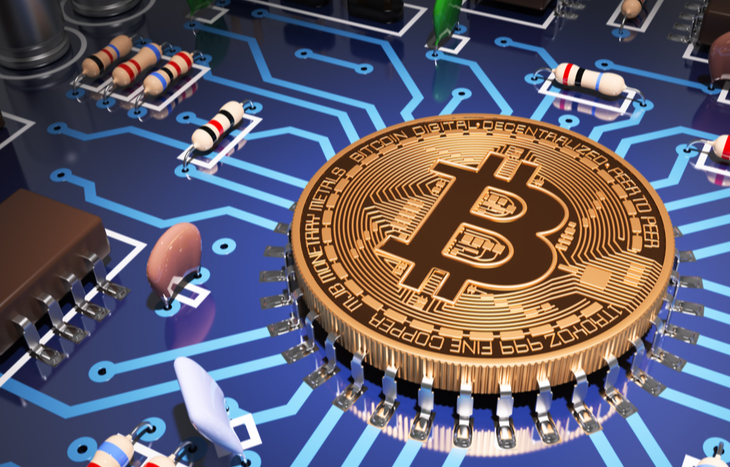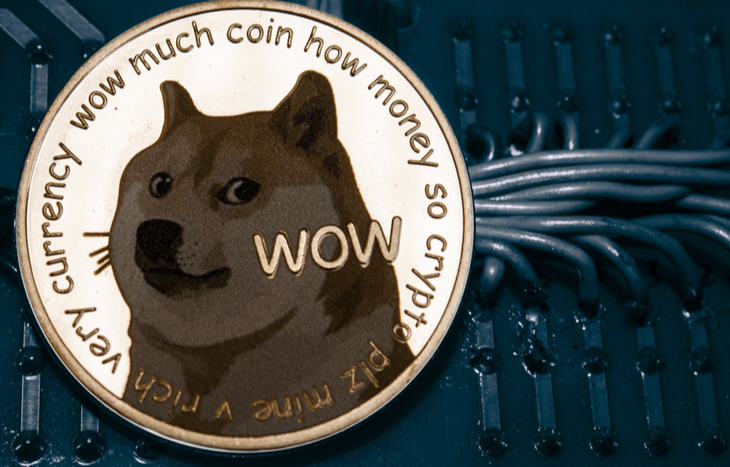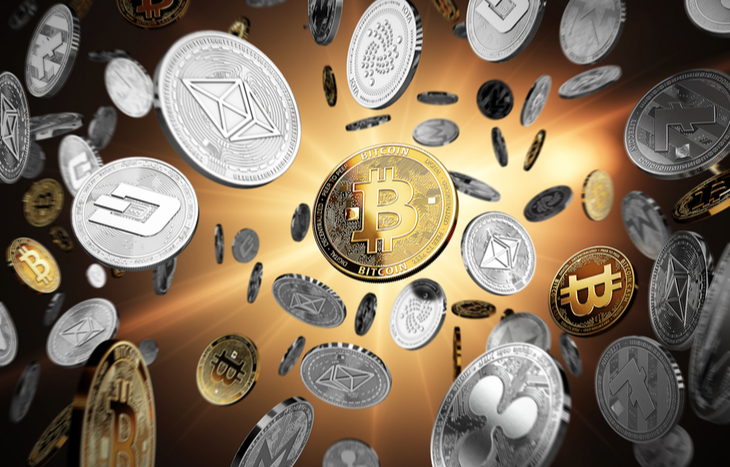TITAN Crypto and Its Amazing Fall From Grace

TITAN crypto has certainly gotten folks’ attention. And this supposed stablecoin, which trades under the full name IRON Titanium Token, has knocked at least one whale down a peg or two. However, in the aftermath we’ve seen a lot of people asking where they can buy TITAN crypto. Afterall, it’s selling at a discount now. Right? Not so fast. But before we get all the way into that, let’s look at the details of this stunning crash.

We’ve seen cryptos crash before. In fact, the entire market has taken it on the chin since its amazing bull run in the first half of the year. But what happened to TITAN crypto is something different altogether. Watching an altcoin go from $60 to zero faster than a Lambo with fresh brake pads is a pretty special sight to behold.
The team behind TITAN crypto wrote in a blog post, “What we just experienced is the worst thing that could happen to the protocol, a historical bank run in the modern high-tech crypto space.”
Some skeptics are calling this a classic rug-pull. This is when a token spikes in value and adoption. That increases the amount of attention it gets. And that in turn convinces more and more people to get into the action before it “goes to the moon.” But in a rug-pull, the creators of the token can withdraw everything out of the liquidity pool – essentially cashing out – and drive the token’s value to zero.
All of the elements for this to qualify are there. But Iron Finance (the creator of the token) investor Fred Schebesta insists otherwise. For now, it’s being classified as the biggest crypto bank run in history.
How TITAN Crypto Got Run On
Mere days before its monumental crash, the investor Mark Cuban posted a piece on his blog mentioning TITAN crypto. Cuban noted that he was a liquidity provider for the decentralized crypto exchange QuickSwap. More specifically, he was providing two different tokens (DAI and TITAN) that would enable QuickSwap to better enable trades between these two tokens.
At this point, TITAN crypto had already been on a heckuva run. The $3 token had gone up in value tenfold at the time of Cuban’s announcement. Whether that blog post helped double the value and increase the interest in TITAN crypto is anybody’s guess. But we doubt anybody could have seen what was coming.
The explanation from Iron Finance is that when TITAN crypto hit $65 and then pulled back to $60, some major investors got spooked and the selling began. But the idea that a 7.7% decline in value was enough volatility for major crypto investors to collectively (and independently of one another) jump ship sounds a little far-fetched.
But there’s no denying that, in a matter of hours after peaking, the markets were flooded with excess TITAN crypto. Essentially, just about everybody with a stake in TITAN ran to the bank to cash out at the same time. And just a couple of days after its meteoric rise, TITAN crypto was essentially worthless. At the time this story was posted, it was trading for $0.0000000318 a token.
After a lot of digging around, there appear to be other factors at play beside a few whales selling their stake in TITAN crypto.
The Missing Part of the Equation
When Iron Finance began bridging on the Polygon blockchain, the plan was to boot up a stablecoin called IRON. That stablecoin was pegged to $1 and was collateralized through USDC (the Coinbase-developed stablecoin) and TITAN.
Now, because IRON received partial backing from TITAN crypto, users that minted IRON through Iron Finances’ network essentially received a portion of TITAN and a portion of USDC. The basic tokenomics of this hold that when new IRON stablecoins are minted, it will increase the demand and value of TITAN crypto. But, if the price of TITAN quickly falls, the peg could become unstable. And that’s exactly what happened.
The drastic price swing had destabilized IRON’s smart contract. In the end, the smart contract failed as the price fell. By the time this was realized, anybody who still had TITAN crypto in their wallets had missed the opportunity to sell. It was essentially worthless.
The big lesson here is to always employ a modicum of caution. The crypto markets are choppy by nature. But sometimes they can be even worse than choppy. And for those wondering if now is the time to start investing in TITAN crypto and preparing for its comeback… well, we’ll leave you with this message from the Iron Finance dev team:
WARNING: Please don’t buy TITAN or IRON.
The Bottom Line on TITAN Crypto
The news about TITAN crypto is disappointing. Iron Finance’s goal to create a $1-pegged stablecoin, IRON, for DeFi applications looked promising. And the way it operated in conjunction with TITAN was certainly an interesting decision… one that appeared to be working for a little while. But eventually the complexity of the plan was at least part of its undoing.
Looking for the next crypto that won’t crash and burn? We suggest signing up for crypto expert Andy Snyder’s free e-letter, Manward Financial Digest. In it, Andy explains the latest and great investment opportunities hitting the crypto markets and beyond.







